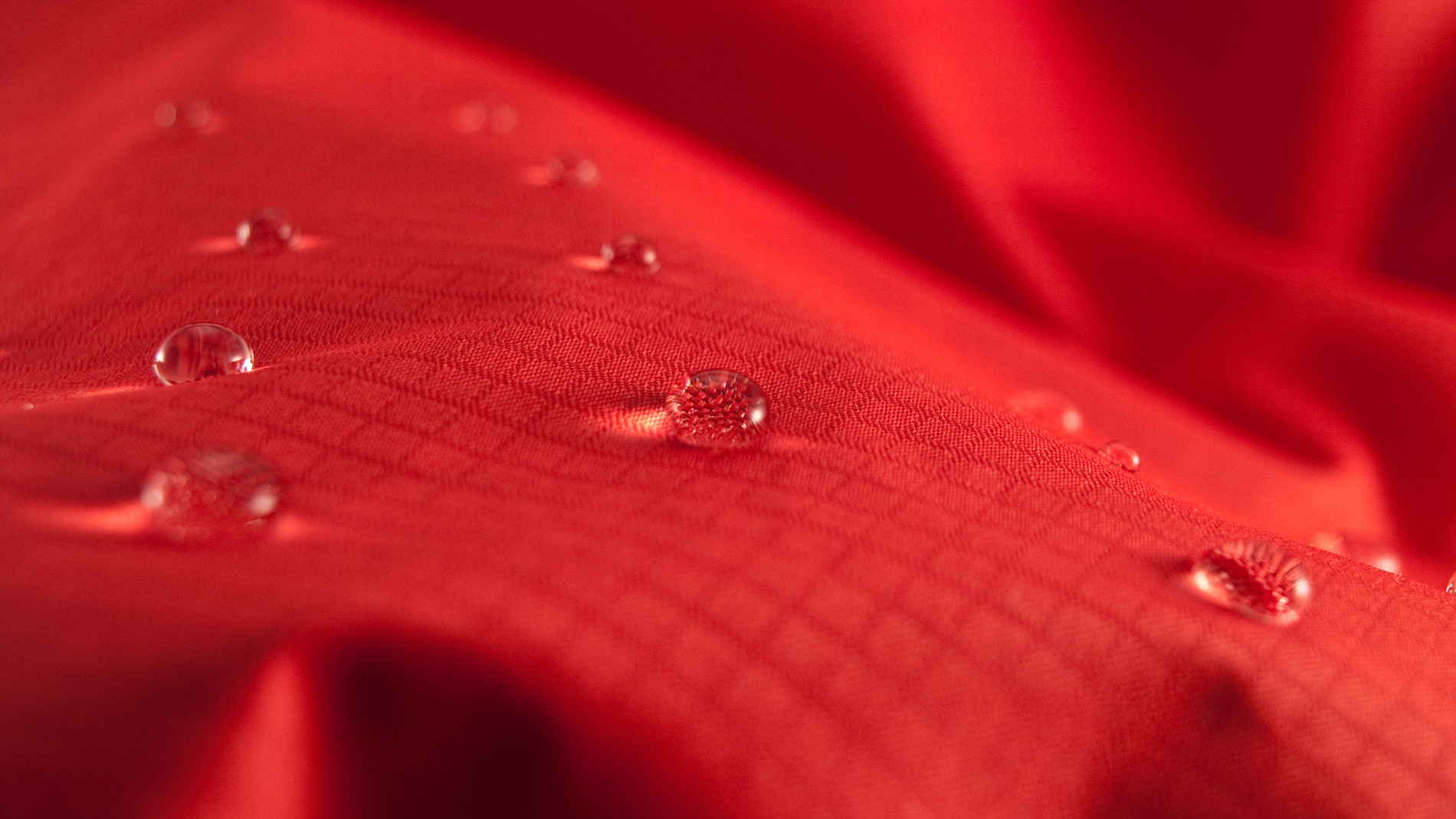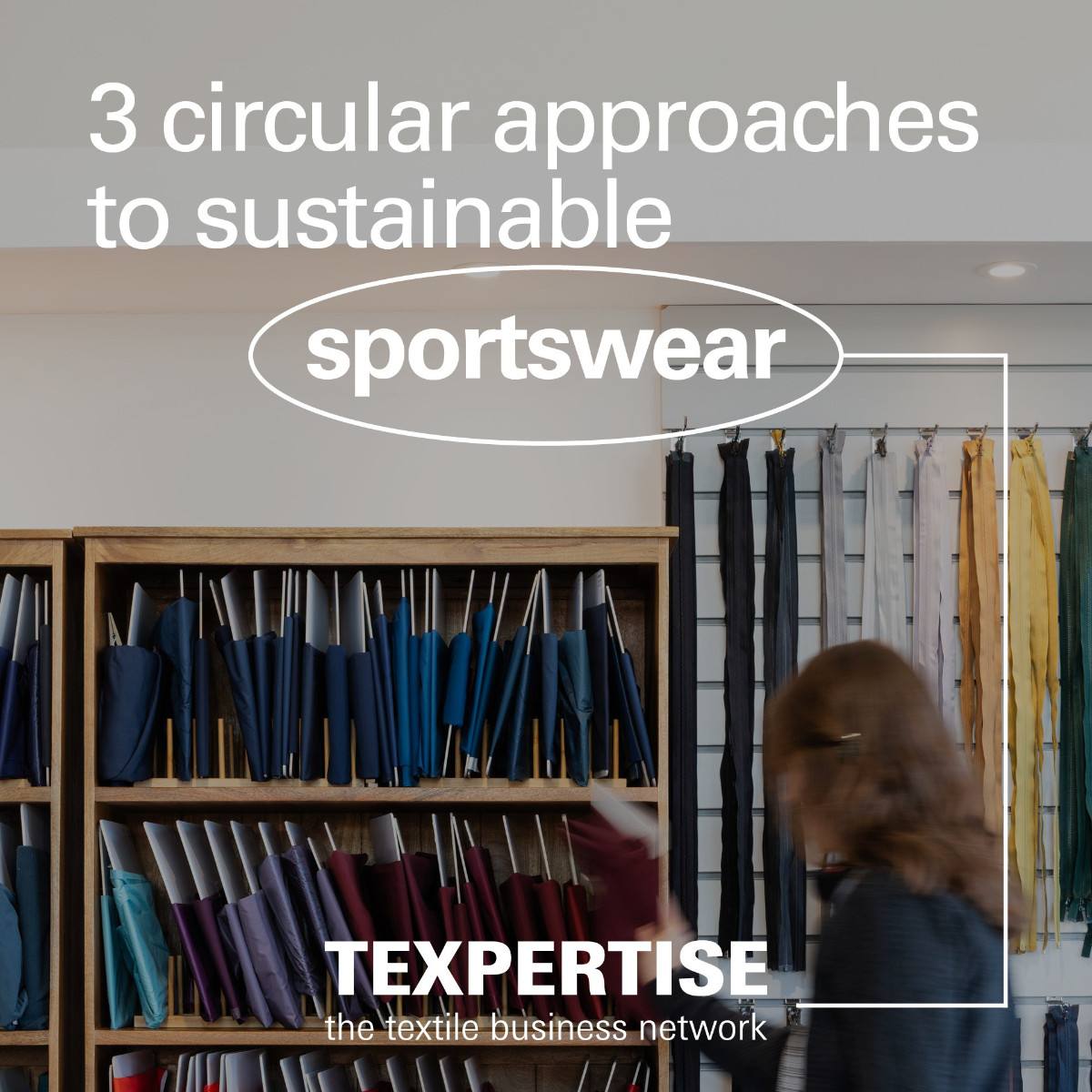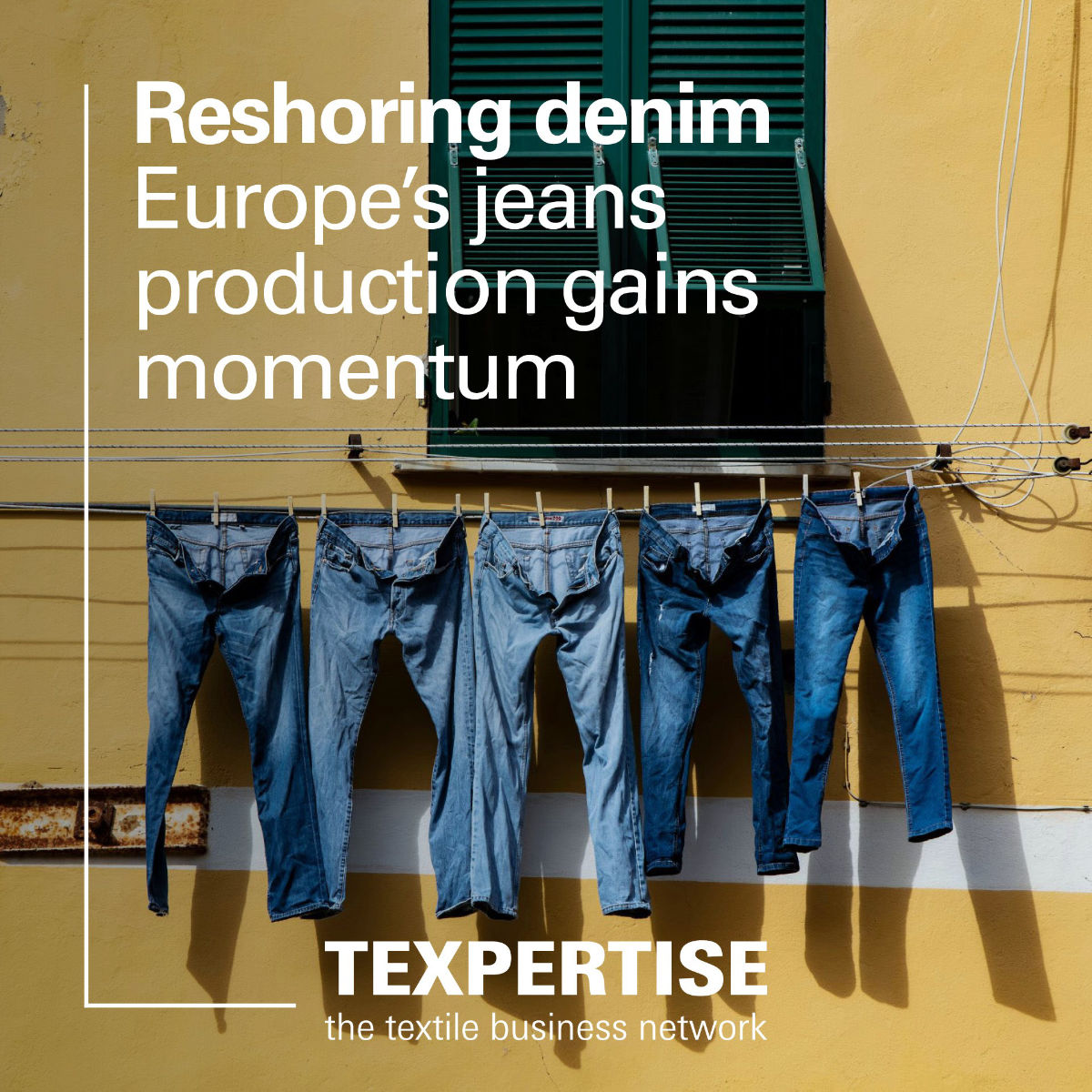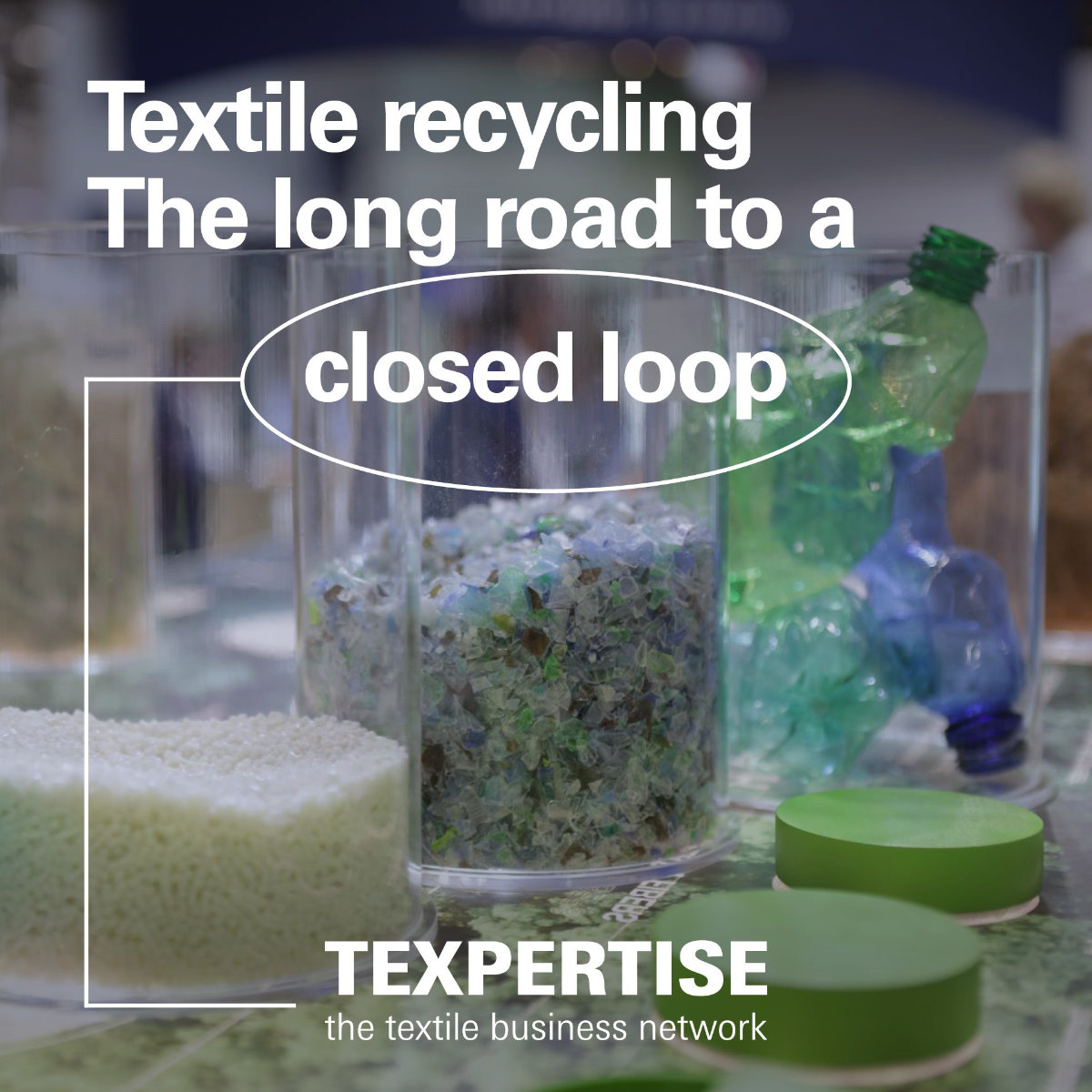Reading time: 4 minutes
Like much of the textile and apparel industry, sports and outdoorwear struggled in 2024. It was the larger brands that have been hit the hardest. Here are the key trends we expect to see in sports and outdoorwear innovation in 2025:
1. Recycling and circularity
Regulation and legislation are forcing brands to look at circularity – and designing with end of use in mind. As well as take-back systems, such as Patagonia’s Worn Wear programme that enables consumers to trade in, repair and buy used Patagonia products, brands are also focusing on creating closed-loop systems where materials can be continuously recycled and reused within industry.
The use of recycled materials in the sports and outdoorwear sector will also increase in 2025 as brands attempt to meet their own internal fibre transition targets, many of which have 2025 and 2030 deadlines. However, the slow commercialisation pace of both textile-to-textile recycling technologies and supporting collection infrastructure indicates that the required fibre volume will not be in place. As such, competition for recycled fibre volumes is likely to intensify, emphasising the importance of proactive technology scouting to secure limited resources.
Waste and chemical reduction targets are also pushing the industry into a circular direction – and, an increase in Extended Producer Responsibility (EPR) policies that hold manufacturers responsible for end-of-life management is changing the design and sourcing decisions of brands, retailers and manufacturers.
2. Next-gen materials
The continued focus on next-gen materials is being driven primarily by incoming legislation. And while brands and manufacturers have been interested in these technologies in recent years, adoption has been low with alternative materials seen as a risk – particularly in such challenging financial times. However, incoming legislation and brands own sustainability goals (many of which are 2025/2030), we expect to see adoption ramp up.
For example, the EU is moving towards a comprehensive Extended Producer Responsibility (EPR) framework – which has already begun on a national level in France and the Netherlands. EPR policies hold manufacturers responsible for end-of-life management of products, in turn incentivising the use of more biodegradable and recyclable materials – in a move away from traditional synthetics and traditional natural materials like cotton. It also directs manufacturers away from traditional dye and chemical usage towards cleaner options. We expect to see a difference in the way products are being designed as well – designing in circularity at source.
The use of alternative polyesters and alternative leathers will be especially popular. A good example of this is Swiss sportswear brand On, who expanded its circularity programme last year with its Cloudrise Cyclon and Cloudeasy Cyclon, featuring a fibre-to-fibre recycling technology developed by Loop Industries. The Cloudrise technology is a material made with castor beans and the Cloudeasy upper is created using yarn made with Loop's 100% recycled polyester fibre using the Infinite Loop™ technology.
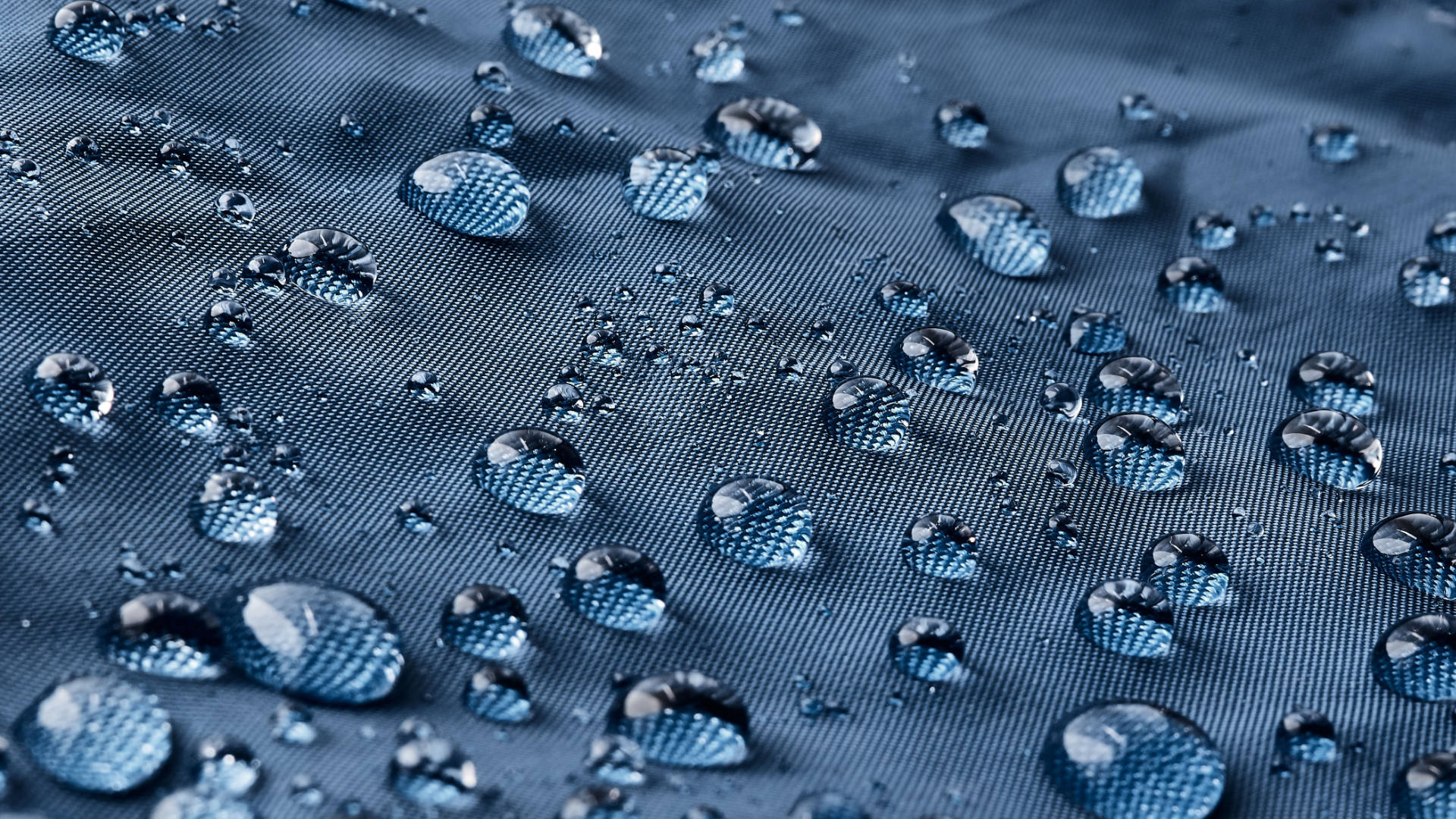
3. Durability
The EU’s Eco-Design Legislation, which came into force in July 2024, is already having a significant impact on the industry (introduction of Digital Product Passports, circularity, resource efficiency etc), but it also incentivises the industry to use high-quality materials and construction techniques that bring about improved value and lifespan. This is particularly important in sports and outdoorwear where products traditionally get more rigorous use (and therefore need to be more robust) and performance expectations are elevated. It will be interesting though, to see where the industry goes with this as it conflicts with the need of the industry to sell more products to keep businesses running – at least in the fast fashion space. In the performance sector though, durability will be key in driving customer loyalty.
What’s more, sports and outdoors’ focus on durability can in turn benefit circular business models such as rental and resale, as products are built to perform and last longer, thus are more expensive. Circular business models lower the access barrier to lower price points, potentially attracting different consumers.
4. Temperature regulation / environmental protection
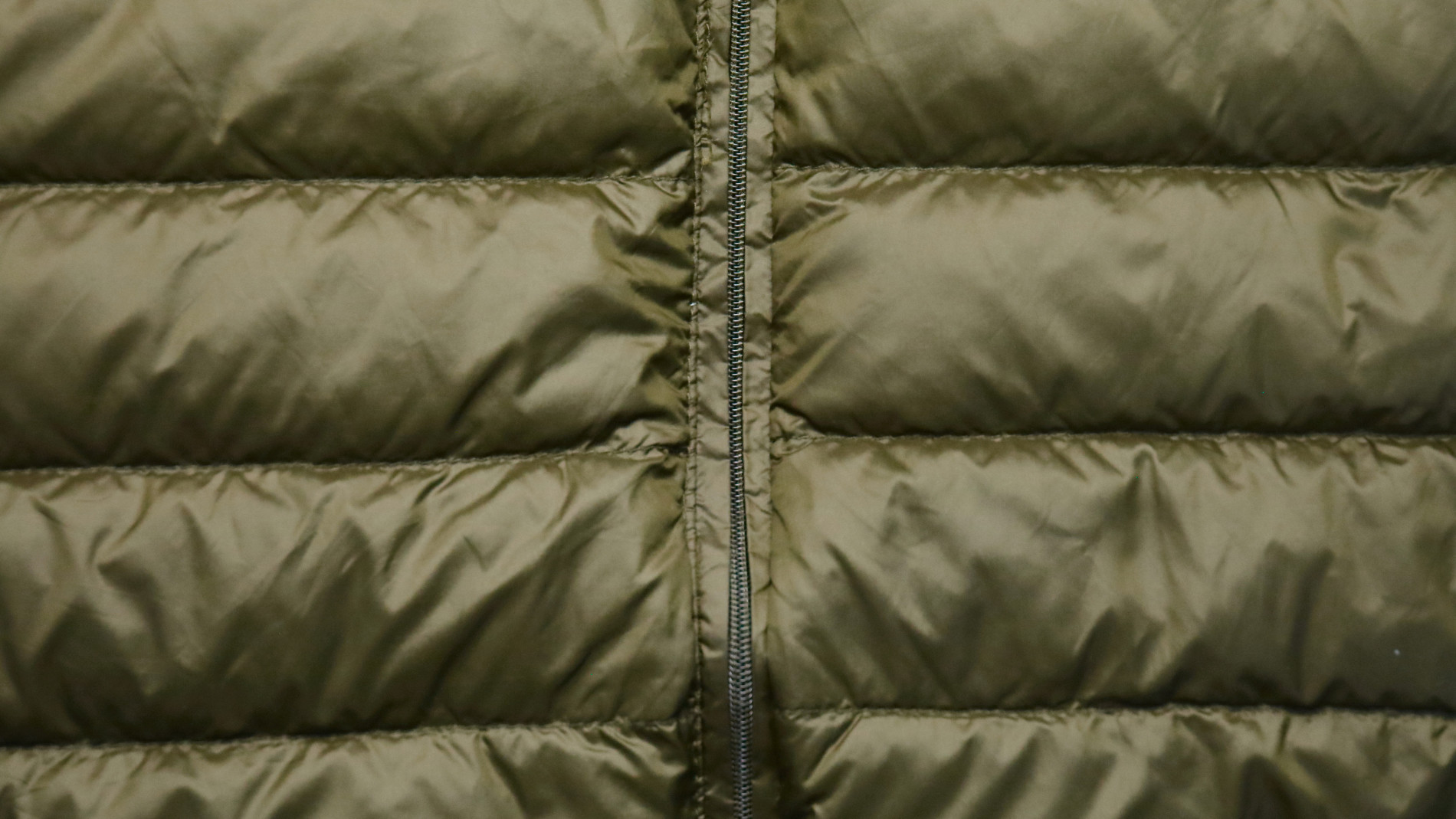
In sports and outdoorwear, temperature regulation is crucial and we are seeing this grow in importance as performance continues to push boundaries in this competitive industry. Temperature regulation technology plays a vital role in enhancing athletic performance and minimising health risks but importantly it also improves comfort levels and increases enjoyment. We expect to see brands in this space put effort into producing more eco-friendly products that are still thermo-regulating. Will there need to be a trade-off between performance and sustainability? It will be interesting to see how this takes form.
Climate change may also drive demand for such products from consumers – either in extreme heat or extreme wet (flooding, wildfires, etc). In a similar way to how Covid drove up interest in antiviral products etc, more regular and extreme weather events may spur consumer awareness around cooling and protective functionalities in and outside of conventional outdoor and sports apparel.
5. Female centric design
We expect female-centric design to get a boost this year due to the UEFA European Women's Championship and the Women’s Rugby World Cup. With increased emphasis on women in sports, female-centric design is gaining in popularity with greater demand for sportswear that is designed specifically for women's bodies and needs – not just for aesthetics. As such, ergonomics is of increasing importance and sportswear brands are now, more than ever, taking into account women’s differing proportions and needs. Muscle compression, temperature regulation and breast support, to name a few, are now high on the agenda. With the sportswear space being overcrowded, it’s important for brands to enhance women’s comfort and freedom of movement to gain market share in this growing segment.
Other trends we expect to grow in 2025 include the usage and integration of lightweight materials and the continuation of membrane development.
Author: Madelaine Thomas, WTiN
